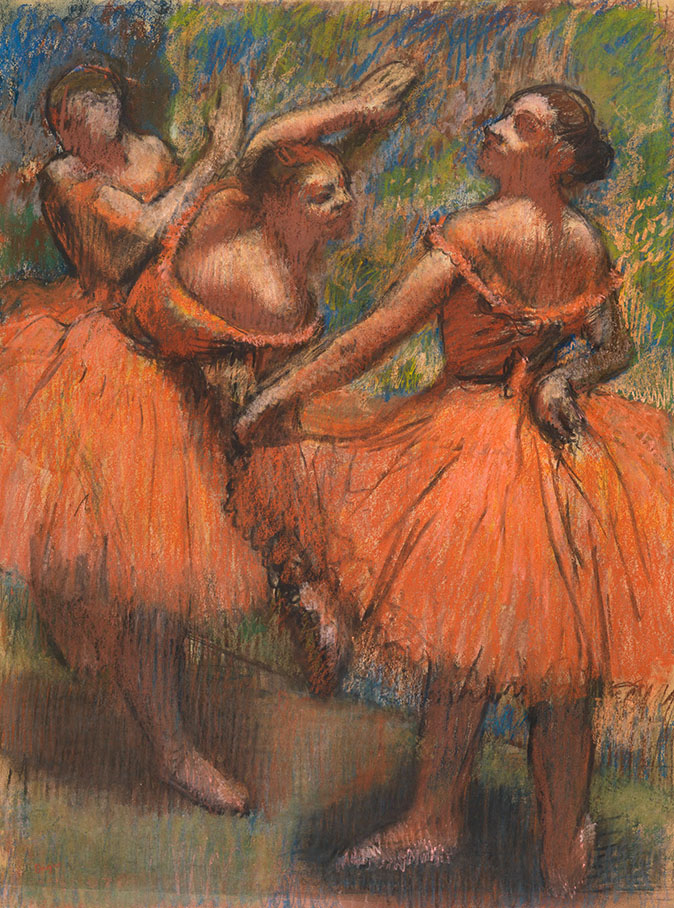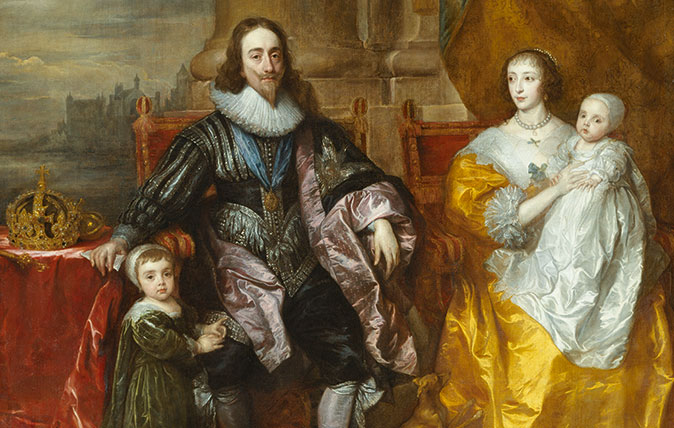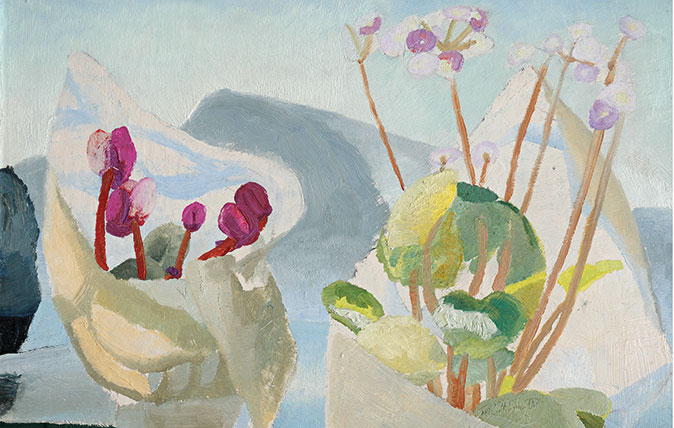In Focus: The Degas painting full of life, movement and 'orgies of colour'
Lilias Wigan takes a closer look at one of the key work's at the Degas exhibition at the National Gallery in London.


Drawn in Colour: Degas from the Burrell, on the ground floor of London's National Gallery, focuses on works from the collection of Sir William Burrell, a Scottish shipping magnate born in 1861 who made his fortune in Glasgow in the early twentieth century.
In 1944, 14 years before his death, Burrell bestowed his vast collection of nearly 9,000 artworks to the nation. That bequest included 23 pictures by the French artist Edgar Degas (1834-1917), which form the core of this exhibition. It's the largest group of Burrell's collection ever to be shown outside Scotland.
Although a founding member of the Impressionist movement, Degas had his own distinct approach. He relentlessly experimented with materials, particularly with coloured pastels — powdered pigments mixed with chalk and gum compressed into sticks — and made unprecedented use of the newly developed synthetic dyes to push the boundaries of the medium.
His desire to seek a new visual language for the ‘restless movement and ephemeral nature of modern life’ is evident in his obsessive attitude towards subjects such as dancers, horse-racing and women bathing.
Degas wanted to capture the reality of Paris and, by the mid 1860s, was concentrating solely on contemporary subjects. The ballet, in particular, enthralled him and he attended as many as fifty-four performances in one year.

The Paris Opera was near his studio and had its own corps de ballet. He was most interested in recording the movements of dancers in the stage wings and in rehearsals, where he could capture them in spontaneous poses between performance and rest.
From the late 1880s, partly inspired by the colour and expressive forms of Paul Gauguin (1848-1903), whom he greatly admired, his style became more abstract—his dancers grew more sculptural and his colours more vibrant. He recorded them with such compulsion that works were often left unfinished as he moved excitedly on to the next picture.
Exquisite houses, the beauty of Nature, and how to get the most from your life, straight to your inbox.
The Red Ballet Skirts (c.1890) encapsulates Degas’ later style. He adopts a system of densely built layers and cross hatching, which he referred to as ‘orgies of colour’.
Striking contrasts of red, blue and green are hemmed in by bold outlines, adding distinct definition to the figures. The dancers are lit atmospherically from above and the composition is cropped — an unorthodox treatment of space that strengthens the intimacy of the scene and amplifies the sense of fleeting movement.

Marking the centenary of Degas’ death, this exhibition offers a chance to see an impressive collection of his pastels away from their permanent home (which is currently undergoing an extensive restoration) and validates the artist as a great advocate of the versatility of the medium.
His observations of modern Parisian life and his skill in depicting its atmosphere set him apart from his Impressionist contemporaries.
Drawn in Colour: Degas from the Burrell is at the National Gallery in London until 7th May, 2018.

Degas: The lively, powerful visionary who toiled and ground his way to genius
A century after his death, Edgar Degas is the subject of two new exhibitions in Britain. Matthew Dennison appraises these

In Focus: The Van Dyck portrait that shows Charles I as monarch, connoisseur and proud father
Lilias Wigan takes a detailed look at Van Dyck's Greate Peece, one of the highlights of the Royal Academy's stunning

Credit: Winifred Nicholson, Cyclamen and Primula, 1923. Oil on board, 50 x 50 cm. Image courtesy of Kettle’s Yard, University of Cambridge
In Focus: The radiant, sunlit work by the artist who inspired the founder of Kettle's Yard

Credit: Bridgeman
In Focus: How Holman Hunt's Lady of Shallot was inspired by Van Eyck's greatest masterpiece
Holman Hunt was one of several pre-Raphaelites inspired by Jan Van Eyck's iconic The Arnolfini Portrait. Lilias Wigan takes an

In Focus: Cézanne's brutally honest portrait of his wife, 'weary and dissatisfied', as their relationship was on the rocks
The National Portrait Gallery's exhibition of portraits by Paul Cézanne comes to an end this weekend. Lilias Wigan takes an